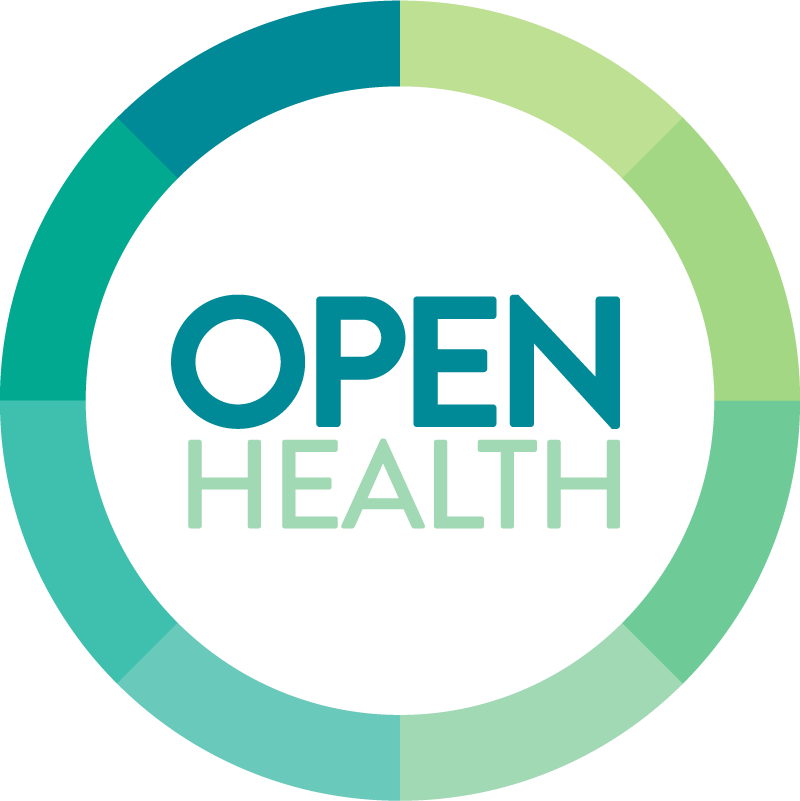David Meche-Case Manager
It’s Pride Month and we at OHCC would like to celebrate our friends, family, and co-workers. David Meche, one of our case managers, wrote a blog about the importance of Pride and why we still need to celebrate it’s significance. It’s time to Live and Love Out Proud!
June is National LGBTQI+ Pride month! Originally commemorating the Stonewall Riots in June 1969, Pride is an opportunity to celebrate the contributions, progress, and goals of the queer community. Despite the advancement in visibility, acceptance, and rights of sexual minorities, the need for Pride continues. So…
WHY PRIDE?
History
Pride began as a recognition of the historical fight for human rights by the LGBTQI+ community. We are indeed still searching for our historical identity that’s been obscured and denied. We celebrate pride for the achievements of those we’ve lost or have been erased. We are grieving the generation lost to HIV and AIDS. We are mourning the voiceless. We lift up those who made sacrifices before us so that we can live authentically. Pride is to ease the struggle for future generations of LGBTQI+. We celebrate pride today as a validation of our humanity and equality in the face of oppression as it still exists today.
Family
The queer community is creating families. The non-traditional is becoming traditional. What hasn’t changed is that love creates a family wherever it exists. Pride is thanking the families who embrace their children no matter how they identify or who they love. Pride is for those that have two mommies or two daddies. Pride is for allies, friends, and community. But Pride is also for the children who have been disowned. Pride is for the discrimination we have faced and the pain we have endured. Pride is the bravery it takes to defend the vulnerable. It is to achieve the potential and rally against the obstacles faced by all those who identify as LGBTQI+.
Health
Sexual minorities and gender non-conformists face health unique health challenges. Pride is where we address sexual, physical, and mental health in the LGBTQI+ community. As HIV/AIDS continues to be an epidemic, Pride is a time where we have a heightened platform to discuss PrEP, STI testing and treatment, and sexual health education. We focus on gender affirming medical care, aging, and family planning for LGBTQI+. Nearly half of LGBTQI+ youth have considered suicide in the last year according to a survey from the Trevor Project. At Pride we recognize the toll that stigma takes and emphasize the importance of mental health care. Pride is about protecting people of trans experience from violence. We need pride to continue to improve the wellbeing of the LGBTQI+ community because we are equally deserving of health and happiness.
Diversity
We need Pride to celebrate diversity within the LGBTQI+ community and examine how the queer community treats all of its own members. As we ask society for acceptance, we need to improve that which we give to each other. At Pride we recognize intersectionality of race, orientation, identity, disability, age, and income. Our strength is the inclusivity that we earn.
For these reasons and countless more, we still need Pride.
https://www.thetrevorproject.org/survey-2022/










